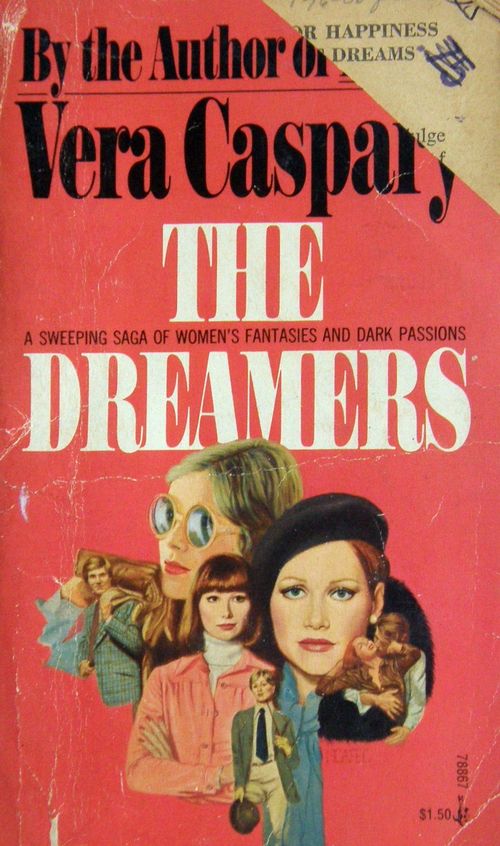
Also, she wrote this during World War 2 at a time when she was separated from her long time boyfriend and needed money, so it makes me wonder whether she sort of cut it off in order to complete it. The female characters in Caspary’s novels and plays are strong, emancipated women, and her own concern with issues of prejudice and class consciousness are reflected in her works.

Blue cloth, title in red on spine and front cover. By: Vera Caspary Narrated by: Christian Rummel, Eileen Stevens, Oliver Wyman, L. Vera Caspary was a prolific novelist, playwright, and screenwriter, best-known for her book, Laura, a murder mystery adapted into the 1944 film of the same name, now considered a classic. Vera Caspary died in 1987 and is survived by a literary legacy of strong independent female characters. The author, Vera Caspary, led a rather colorful life, apparently frequently alternating between being fairly well to do and near bankruptcy. First edition of Laura by Vera Caspary, in the publishers scarce first state dust jacket. After Igee's death in 1964, Caspary returned permanently to New York, where she wrote a further eight titles. Caspary spent this period of self-described 'purgatory' alternately in Europe and America with her husband, Igee Goldsmith, in order to find work.

Although she soon left the party after becoming disillusioned, Caspary's leftist leanings would later come back to haunt her when she was greylisted from Hollywood in the 1950s for Communist sympathies. A young woman when the Great Depression hit America, Caspary soon developed a keen interest in Socialist causes, and joined the Communist Party under a pseudonym.

Her writing talent shone from a young age and, following the death of her father, her work became the primary source of income for Caspary and her mother. Vera Caspary, the acclaimed American writer of novels, plays, short stories and screenplays, was born in Chicago in 1899.


 0 kommentar(er)
0 kommentar(er)
